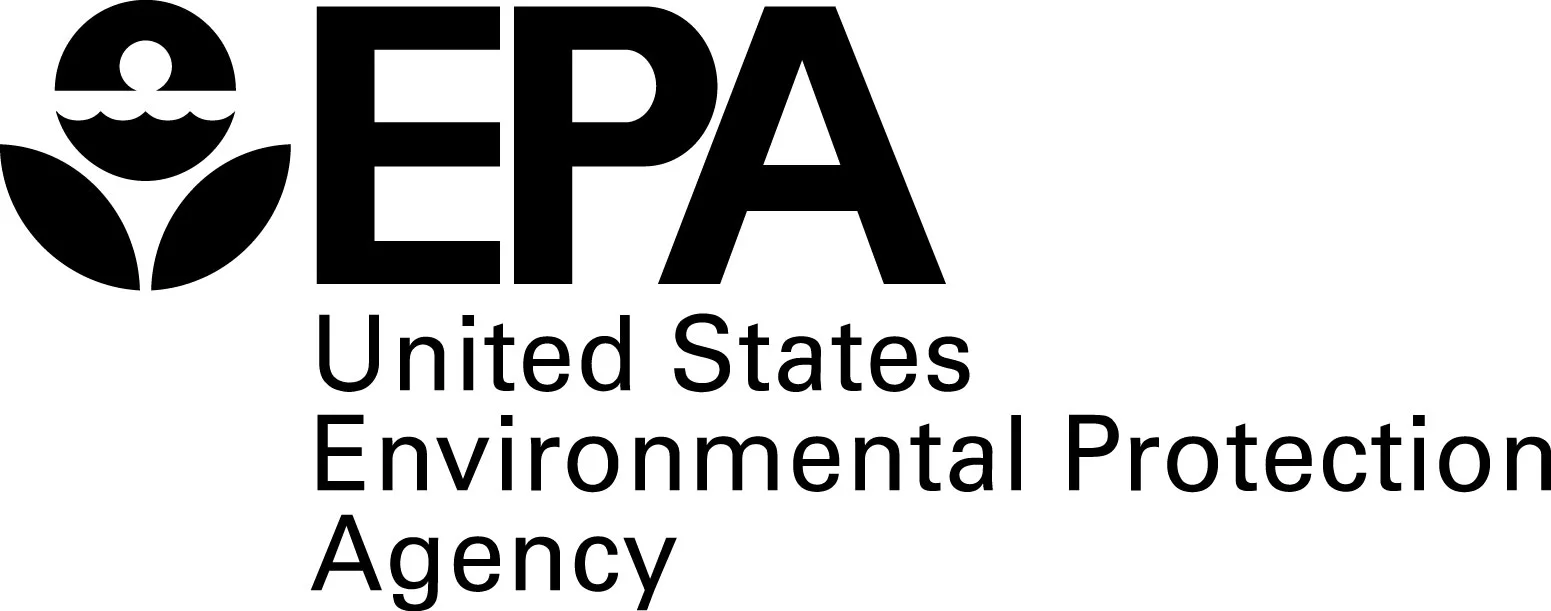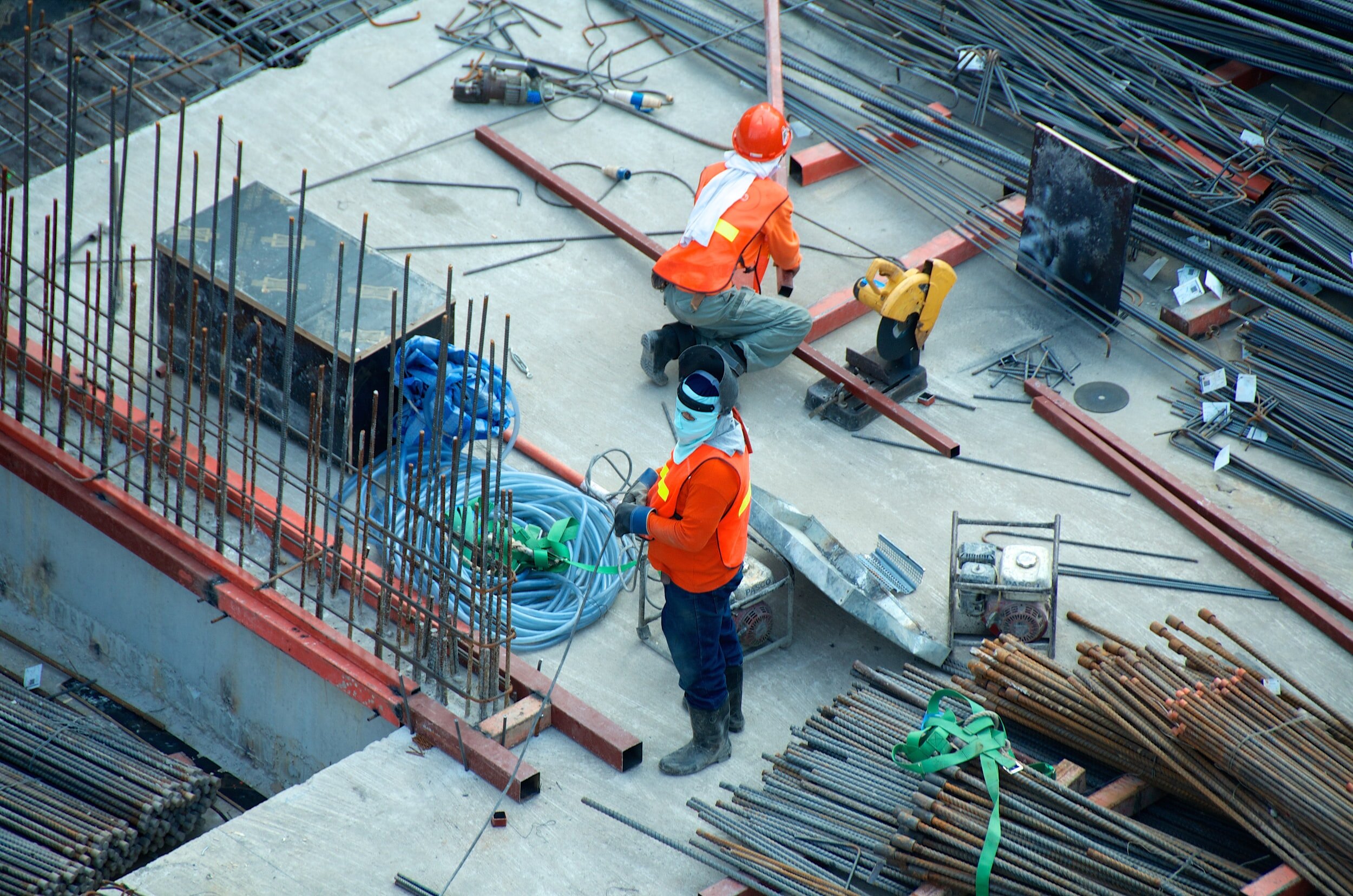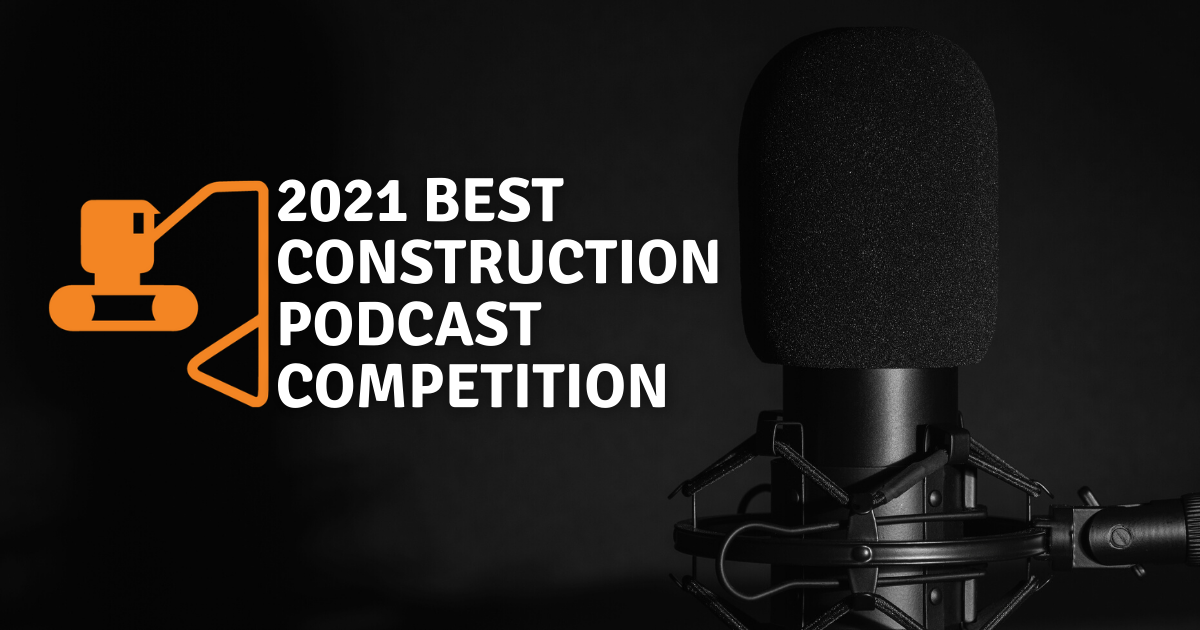In an announcement made in mid-January, the US EPA has officially released the updated 2017 Construction General Permit (CGP) for Stormwater Discharges from Construction Activities. The draft of the new permit was released last year and the 45 day public comment period ended on May 26, 2016. The 2017 CGP will go into effect starting February 16, 2016.
What are the changes?
As listed in the 2017 CGP Fact Sheet, there are 9 major changes to the permit:
1. Streamlining of the Permit
EPA streamlined and simplified language throughout the CGP to present requirements in a generally more clear and readable manner. This structure should enhance operators’ understanding of and compliance with the permit’s requirements. For example, EPA moved language that was not necessary in the permit into the relevant appendix or to the fact sheet. Although the permit has been streamlined from prior permits, many of the requirements remain unchanged.
2. Types of Discharges Authorized
The permit clarifies that stormwater discharges from earth-disturbing activities associated with the construction of staging areas and the construction of access roads conducted prior to active mining are eligible for coverage under the CGP. The 2017 CGP, like the 2012 CGP, authorizes several non-stormwater discharges in Part 1.2.2. New to the 2017 CGP is an explicit prohibition of non-stormwater discharges of external building washdown waters containing hazardous substances, such as paint or caulk containing polychlorinated biphenyls (PCBs). Consistent with the 2012 CGP, authorized non-stormwater discharges are required to comply with any applicable effluent limitation requirements in Parts 2 and 3 of the 2017 CGP.
3. Effluent Limitations
EPA made minor revisions to the technology-based effluent limits in the permit to implement the 2014 amendments to the C&D rule, as discussed in section II. These revisions include clarifying the applicability of requirements to control erosion on-site caused by stormwater, providing additional details on areas where buffers are required, and clarifying requirements for soil stabilization, preservation of topsoil and pollution prevention measures.
4. Notice of Permit Coverage
As in the 2012 CGP, construction operators must post a sign or other notice of permit coverage at a safe, publicly accessible location in close proximity to the construction site. New for the 2017 CGP, this notice must also include information informing the public on how to contact EPA to obtain a copy of the SWPPP, and how to contact EPA if stormwater pollution is observed in the discharge. EPA is requiring these additions to make the longstanding process of obtaining a SWPPP more readily known to the public and to improve transparency of the process to report possible violations.
5. Stockpiles and Land Clearing Debris Piles
EPA changed the requirement for temporary stabilization for stockpiles or land clearing debris piles from “where practicable” to requiring cover or appropriate temporary stabilization for all inactive piles that will be unused for 14 or more days, consistent with the temporary stabilization deadlines in Part 2.2.14. EPA made this change to ensure pollutants are minimized from these piles, but is clarifying that the requirement only applies where these piles are not actively being used.
6. Stabilization Deadlines
The 2017 CGP establishes a modified approach to the stabilization deadlines, which is based on the concept of phasing construction disturbances. Sites that disturb 5 acres or less must complete stabilization within a 14-day timeframe, which is the same timeframe that applied to sites in the 2012 CGP. For sites that disturb more than 5 acres over the course of a construction project, operators may choose between completing stabilization within a 14-day timeframe if they limit (i.e., phase) disturbances to 5 acres or less at any one time, or within a 7- day timeframe if they do not limit (i.e., phase) disturbances to 5 acres or less at any one time.
The intent of this approach is to provide an incentive to disturb less land at any given period of time by providing longer stabilization timeframes if the disturbance is kept below a threshold level. This approach is also consistent with the C&D rule limit to minimize the amount of soil exposed during construction activity. See 40 CFR 450.21(a)(3). The deadline for sites discharging to sensitive waters (regardless of how many acres they disturb overall or at any one time) remains unchanged (within 7 days), and the exceptions for sites in arid, semi-arid, and droughtstricken areas and for operators affected by circumstances beyond their control also remain unchanged.
7. Construction and Domestic Waste
The 2017 CGP now requires operators to keep waste container lids closed when not in use and at the end of the business day for those containers that are actively used throughout the day, or, for waste containers that do not have lids, provide cover or a similarly effective means to minimize the discharge of pollutants. EPA made this change to minimize the exposure of these waste materials to precipitation and stormwater, and to make the requirements for construction and domestic waste consistent with the cover requirements for most other types of materials and wastes in the 2012 CGP.
8. Discharge Limitations for Sites Discharging to Sensitive Waters
In order to help ensure that discharges meet water quality standards, in the 2017 CGP EPA added a requirement to implement controls on sites discharging to polychlorinated biphenyl-(PCB) impaired waters to minimize the exposure of building materials containing PCBs to precipitation and stormwater. This provision applies to the demolition of structures with at least 10,000 square feet of floor space built or renovated before January 1, 1980. EPA also requires information about the demolition location and associated pollutants to be documented in the SWPPP.
9. Notice of Intent (NOI)
EPA added three questions to the NOI form (Appendix J). These questions are:
• The type of construction site (select one or more of 9 options).
• A yes/no question asking if there is demolition of a structure with at least 10,000 square feet of floor space that was built or renovated before January 1, 1980.
• A yes/no question asking whether the predevelopment land use was agriculture.
Who do the changes apply to?
While the changes to the 2017 CGP may only apply directly to the entities below, it may affect any other state that updates their stormwater permits in the future. The federal EPA permit is intended to act as the minimum requirement for all states.
- Idaho, Massachusetts, New Hampshire, New Mexico, and the District of Columbia;
- American Samoa, Guam, Johnston Atoll, Midway and Wake Islands, Northern Mariana Islands, and Puerto Rico;
- Indian Country lands within Alabama, Alaska, Arizona, California, Colorado, Connecticut, Florida, Idaho, Iowa, Kansas, Louisiana, Massachusetts, Michigan, Minnesota, Mississippi, Montana, Nebraska, Nevada, New Mexico, New York, North Carolina, North Dakota, Oklahoma, Oregon, Rhode Island, South Dakota, Texas, Utah, Virginia, Washington, Wisconsin, and Wyoming;
- Areas within Colorado, Delaware, Vermont, and Washington subject to construction by a federal operator; and
- Limited areas of Oklahoma and Texas.
Conclusion
While the changes aren’t particularly earth shattering, it’s important to stay up-to-date with the new requirements. The most notable change seems to be the new stabilization requirement, which focuses on reduces the disturbed area at a given time on a job site.
The National Association of Home Builders (NAHB) celebrated a few wins after the organization submitted comments on the draft permit. They were able to convince the EPA to clarify the language regarding SWPPP requirements, to not require builders to publish their SWPPP publicly online, to drop the requirement of “joint” SWPPPs, and to withdraw confusing additions to the Notice of Intent (NOI) compliance form. The NAHB is still concerned about the expanded liability provision, as they believe it poses problems for builders on a site with multiple operators.











In the midst of fierce discourse over the bipartisan infrastructure bill lies a unique opportunity for the United States.